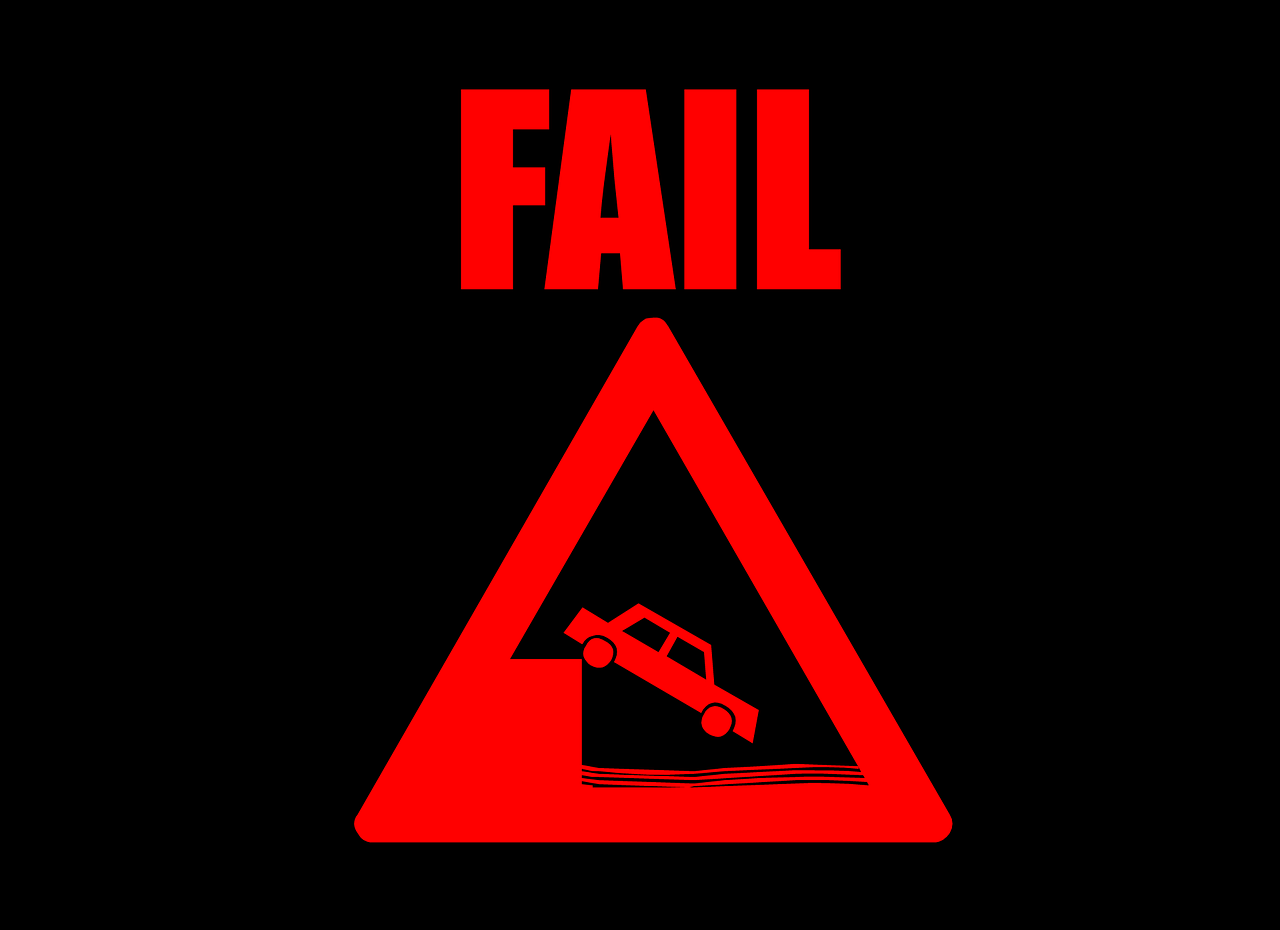The Application of PLC Motion Controller in Motion Control
PLC Motion Controller is a device that utilizes the processing power of a PLC to control the motion of machinery. It is commonly used in various motion control applications such as robotic manufacturing, machine tool processing, packaging equipment, and more. PLC Motion Controller provides precision control and accurate positioning, enabling machines to work at their maximum efficiency. It also allows for a high level of customization, offering users the ability to tailor their motion control system to meet their specific requirements. The application of PLC Motion Controller in motion control can significantly enhance the performance and accuracy of machines, improving productivity and reducing errors.
Motion control is an important technology in the field of automation, which refers to the control of the position, velocity, and acceleration of a moving object. In recent years, with the development of industrial technology, motion control systems have been widely used in various industries, such as machine manufacturing, semiconductor processing, and packaging machinery. PLC (Programmable Logic Controller) motion controller is one of the important components of motion control systems. It provides a highly efficient and reliable way to control the motion of objects in industrial environments.

In this article, we will explore the application of PLC motion controllers in motion control systems. We will introduce the basic principles and concepts of motion control, as well as the role of PLC motion controllers in these systems. We will also discuss the advantages and disadvantages of using PLC motion controllers, and provide some practical examples to illustrate their applications.
Motion Control System Basics
Motion control systems are used to control the position, velocity, and acceleration of moving objects. They are commonly employed in machine manufacturing, semiconductor processing, packaging machinery, and other industrial applications. Motion control systems typically consist of sensors, actuators, and controllers. The sensors monitor the position and velocity of the moving object, while the actuators provide the force to move the object. The controller receives input from the sensors and sends output to the actuators to control the motion of the object.
PLC Motion Controller Role in Motion Control Systems
PLC motion controllers play a crucial role in motion control systems. They provide a highly efficient and reliable way to control the motion of objects in industrial environments. PLC motion controllers can be programmed to perform a variety of tasks, such as positioning, velocity control, acceleration/deceleration profiles, and more. By programming these controllers, users can achieve precise control over the motion of their objects.
PLC motion controllers also have the ability to monitor and diagnose system errors. This allows users to quickly identify and address any issues that may arise in their motion control systems. Additionally, PLC motion controllers can be easily integrated with other PLC systems to provide a comprehensive solution for complex motion control applications.
Advantages and Disadvantages of PLC Motion Controllers
There are several advantages to using PLC motion controllers in motion control systems. One major advantage is their versatility. PLC motion controllers can be easily programmed to perform a wide range of tasks, making them highly adaptable to different applications. Additionally, they provide precise control over the motion of objects, which is crucial in many industrial processes.
Another advantage is their reliability. PLC motion controllers are designed to operate in harsh industrial environments, providing high levels of performance and stability. They also have built-in fault detection capabilities that help users identify and address system errors quickly.
However, there are also some disadvantages to using PLC motion controllers. One major drawback is their cost. PLC motion controllers can be expensive compared to other types of controllers. Additionally, they require a certain level of expertise to program and integrate them into motion control systems. This can pose a challenge for users who are not familiar with PLC technology.
Application Examples
There are many practical examples where PLC motion controllers are being used in motion control systems. One example is in machine manufacturing, where PLC motion controllers are used to precisely control the position and velocity of machine tools. This allows for accurate machining operations that meet stringent tolerances requirements. Another example is in semiconductor processing, where PLC motion controllers are employed to control the movement of wafers through various processing stages. This ensures that semiconductors are processed accurately and consistently, providing high-quality products. Finally, in packaging machinery, PLC motion controllers are used to regulate the movement of packaging materials and products through conveyor belts and packaging stations. This ensures that products are packaged efficiently and meets customer specifications. These examples demonstrate the wide range of applications where PLC motion controllers can be beneficial in motion control systems.
In conclusion, PLC motion controllers play a crucial role in motion control systems by providing precise control over the position, velocity, and acceleration of moving objects in industrial environments. They have numerous advantages such as versatility, reliability, and built-in fault detection capabilities but also have some disadvantages such as cost and expertise required for programming and integration into motion control systems. However, with proper planning and implementation by experienced professionals these disadvantages can be mitigated significantly providing users with an efficient and reliable motion control solution using PLC technology at its best potentiality level
Articles related to the knowledge points of this article:
PLC Controller Manufacturers: Key Players in the Global PLC Market
Precision PLC Controller Quotation
Electronically Controlled Cam and PLC
PLC Controller Developers: A Look at the Companies and Products that Shape the Industry